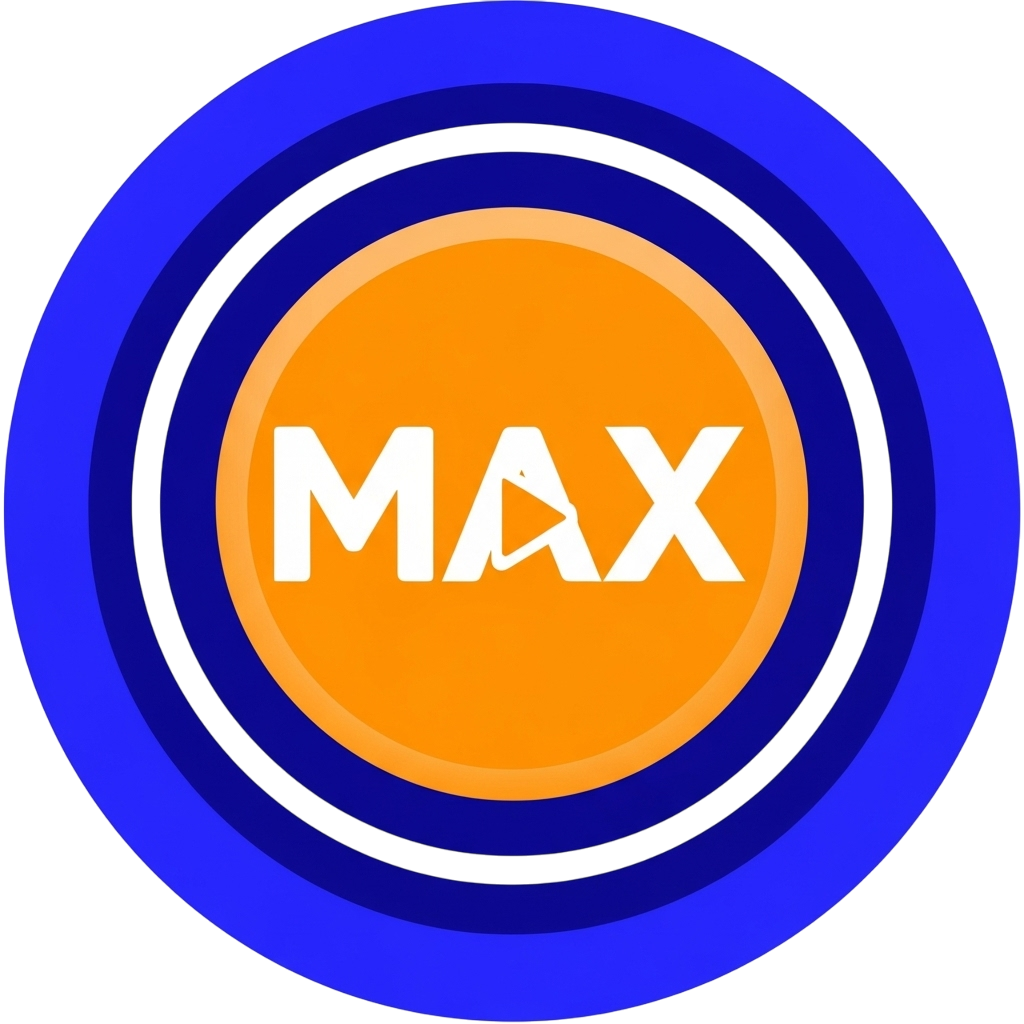You've heard it a thousand times. It’s that unmistakable, comically depressing descending sound: "Wah Wah Wah Wahhhh." But what is this sound, and why is it so famous?
This is the wa wa wa sound effect, arguably the most universally recognized audio cue for failure, disappointment, or a really bad joke. Its fame comes from its long-standing role in pop culture, where it serves as a humorous, real-time punctuation mark for any "fail" moment. Long before it became a
Wah Wah Wah Soundboard meme, it was already a staple of comedy.
The Surprising History and Meaning of the Wah Wah Wah Soundboard
While many memes are born on the internet, the story of the Wah Wah Wah Soundboard is much older. It’s important to note that this sound is different from other "wah" memes, such as those featuring Waluigi or the Pakistani host Aamir Liaquat Husain (whose "wah" is an expression of praise). The soundboard "wah" is all about comedic disappointment.
The True Origin of the "Wa Wa Wa Sound Effect"
The sound you're thinking of is not an-internet-native. Its real name is the "sad trombone" or, as many know it, the "Price is Right loser horn."
Its origin dates back to the Vaudeville shows of the early 20th century. In live theater, a musician (usually a trombonist using a mute to create the "wah-wah" effect) in the orchestra pit would play this short, descending four-note tune to instantly punctuate a comedian's failed joke on stage. This simple sound effect was so effective that it became a standard trope in comedy, eventually being adopted by cartoons, radio shows, and, most famously, game shows like The Price is Right to signify a loss.
How the Sad Trombone Became a Viral Sensation
The "sad trombone" was already a cultural icon long before the internet. However, the rise of digital media and soundboard websites like soundboardmax.com made this classic sound effect accessible to everyone.
Instead of just hearing it on TV, anyone could now play the sound at will. This new accessibility allowed the wa wa wa sound effect to become a staple in YouTube videos, streams, and personal conversations. It didn't "go viral" in a single year; it simply evolved from a 20th-century comedy tool into a 21st-century digital meme, always retaining its original meaning.
Perfect Moments to Use the Wah Wah Wah Sound
The beauty of the Wah Wah Wah Soundboard is its simplicity. It’s a language everyone understands. New users can use it effectively in almost any situation that involves a minor, humorous failure:
- A friend tells a terrible pun.
- Someone in a video game just missed an easy jump.
- You try to do a cool trick and fail miserably.
- A friend drops their snack.
Playing the "sad trombone" sound instantly frames the moment as a lighthearted, comedic failure, removing any real sting and just leaving the humor.
Get the Ultimate Icon of Comedic Failure
From Vaudeville stages to your digital fingertips, the Wah Wah Wah Soundboard is a timeless piece of audio history. It's the fun, iconic, and perfectly simple way to add a layer of comedy to the everyday "uh-oh" moments of life.
Ready to punctuate your own fails with perfect comedic timing? Get the crystal-clear, high-quality Wah Wah Wah Soundboard at soundboardmax.com today! It’s the perfect companion to other classic reaction sounds, like the legendary
Oh Yeah Soundboard. Download yours now and let the laughter begin!
